Kashmir: le Paradis sur Terre
Jammu & Kashmir (commonly referred to as "Kashmir") is situated in one of the most captivating and tumultuous geographical regions of the world. Jammu & Kashmir is centrally located between Pakistan, India, Tibet, China, and Afghanistan.
Some one has once said that if there is any heaven on earth then it is in Kashmir. The beauty of this place can easily enchant the mind of any individual. The snowy mountains, lush green grasses, forest etc. together creates a memorable moment in the life of a person. And that is the reason why thousands of tourists are attracted towards this destination every year.Gulmarg, Sonmarg, Pahalgam are the most beautiful places in the Kashmir to watch. In the month of December and January, this place are covered with snow. Doing skiing here is just fabulous or indulging into its world class Golf course. The Snowy Mountains and valley together creates a fabulous beauty.
The forest region has its own distinct place in providing scope for adventure tourism in India. You can enjoy animal safari, jeep safari, bird watching, wild camp, wildlife safari and jungle trail in the forest region while jeep safari are the most favored adventure sports in the region. After all this, if you think the list of adventure sports in India has ended, think again. There is still much left in form of paragliding, hand gliding, hot air ballooning, etc.It is one opportunity for you to leave all inhibitions behind and just let yourself go. The mountainous regions offer umpteen scope for mountaineering, rock climbing, trekking, skiing, skating, mount biking and safaris while the rushing river from these mountains are just perfect for river rafting, canoeing and kayaking. The oceans are not behind in any manner as well. The vast and deep expanse of water provide tremendous opportunity for adventure sports in form of diving and snorkeling.
My Ideal Itinerary to explore Kashmir:
Day 1 – Mumbai –> Jammu Airport and Jammu Airport –> Katra(Vaishnodevi) – Enjoy rest of the day in local market area
Day 2 – Patnitop
Patnitop or Patni Top, is a hill top tourist location. Origin of the name 'Patnitop' is a distortion of the original name of Patan Da Talab meaning "Pond of the Princess".
Day 3 – Shiv Khori
Famous cave shrine of "Shivkhori" situated in District Reasi of J&K state depicts the natural formation of shivlingum. It is one of the most venerated cave shrines of Lord Shiva in the region. The Holy cave is more than 150 mts long & houses 4 feet high Svayambhu Lingum, which constantly baths in a milky lime fluid dripping from the ceiling. The cave is full of natural impression & images of various Hindu Deities & full of divine feelings. That is why Shivkhori is known as "Home of Gods". The route from Jammu to Shiv Khori is full of beautiful & picturesque mountains, waterfalls & lakes.
Day 4 – Vaishnodevi Yatra
Vaishno Devi Mandir (Hindi: वैष्णोदेवी मन्दिर) is one of the holy Hindu temples dedicated to Shakti, located in the hills of Vaishno Devi, Jammu & Kashmir, India. In Hinduism, Vaishno Devi, also known as Mata Rani and Vaishnavi, is a manifestation of the Mother Goddess.Make sure you have your helicopter booked at least a month in advance to avoid disappointment. You can book your helicopter service at:
- http://www.deccancharters.com/helipilgrimage.html
- https://www.maavaishnodevi.org/helecopter_detail.asp
Day 5 - Jammu Airport –> Srinagar Airport and Srinagar Airport –> Dal Lake
The Dal Lake which has the length of 8 Km long and a width of 4 Km, spreads over a total of 26 Sq. Km. The fascinating Dal Lake is divided into two smaller ones the Lokut (small) and Bod (big) Dal. The south western part of the lake has a maximum depth of approximately 12 M. the Dal Lake gets some of its water from spring but is also supplemented by water from the mountain lake, Mar Sar. In the western part of the Lake one can glimpse a few islands, some bigger,some smaller. Its shores are very fertile and surrounded by willows. Potato, tomato, pumpkin, cucumber, radish and lots of other vegetables are grown here cultivation of the floating gardens which also lie in this part of the lake is another interesting feature. These gardens consist of reed rafts of different lengths and a width of approximately one and a half by three meters and are covered by 1020 CM thick layer of earth and mud. Vegetables and melons are grown on these artificial floating islands.
Day 6 – Gulmarg,Gondola & Cherries garden a mandatory halt.
Gulmarg is located 52 km from Srinagar. It is located at 34.05°N 74.38°E.[1] It has an average elevation of 2,690 m (8,825 ft)
For cable car http://www.jkccc.com/
Day 7 – Sonmarg, Ice Slating an adventurous experience
Sonamarg, which means ' meadow of gold ' has, as its backdrop, snowy mountains against a cerulean sky. the Sindh meanders along here and abounds with trout and mahseer, snow trout can be caught in the main river.Ponies can be hired for the trip up to Thajiwas glacier a major attraction during the summer months.
Day 8 – Shankaracharya & Local Gardens
The Shankracharya Mandir is dedicated to Lord Shiva and is thought to be the oldest shrine in the Kashmir valley.
The reason because the temple of Shankaracharya symbolizes the very core of rituals that form the base of Hindu faith. Be it the chanting of slokas or be it the offering of prayers to the presiding deity, Shankaracharya represents the traditional beliefs and customs of Hinduism
Just on the out-skirts of Srinagar lie Chashmashahi ("The royal spring"), Nishat ("abode of peace") and Shalimar ("abode of love") where Mughal emperors once relaxed with their exquisite queens
Day 9 – Srinagar – Pahalgam, spend rest of the day relaxing and local market
Horseback riding for the kids. Barefoot walks for mom and dad in green mountain meadows. Alpine streams perfect for swimming and water fights between overheated children. Golf. Amusement Park. River Rafting.
The hottest destination for Indian families trying to escape blistering summer heat? Pahalgam, in Kashmir.Day 10 – Local Sight Seeing, Chandanwadi a must
Pahalgam, ChandanwadiAmarnath Yatra During the yatra, stages of the walk are carefully controlled by the Indian authorities. The first stage of the trek is to Chandanwadi, the second to Sheshnag and the third over the Mahagunas Pass to Panchtami. Many pilgrims visit the cave from Panchtami and return to Sheshnag the same day, walking back to Pahalgam on the fifth day
Stage 1: Pahalgam To Chandanwadi (Average walking time 4 hours)Stage 2: Chandanwadi To Sheshnag (Average walking time 5 to 6 hours)
Stage 3: Sheshnag To Panchtarni (Average walking time 6 hours)
Stage 4: Panchtarni To Amarnath Cave & Return (Average walking time 5 hours return)
Stage 5: Panchtarni To Chandanwadi (Average walking time 8 hours)
Day 11 – Srinagar Airport –> Mumbai
In all Exploring this part of the country has been an wonderful opportunity, Would always remember Dal Lake and Sizzling view at of white ice allover at Pahalgam.
It has been wonderful refreshing trip and would advice all of you to experience the gigantic Himalayas once in your lifetime.
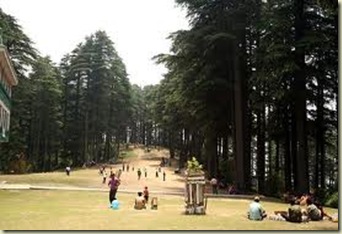

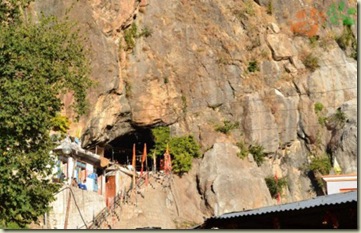
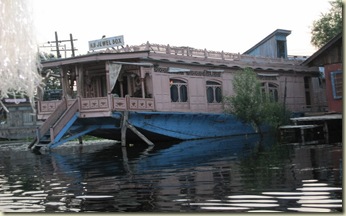
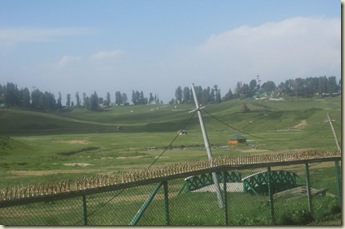

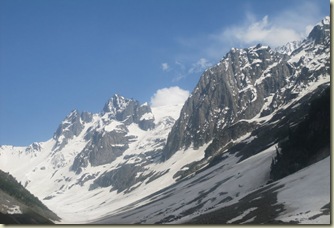
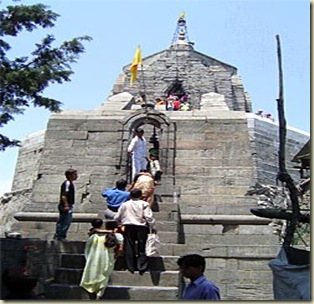




Comments
Post a Comment